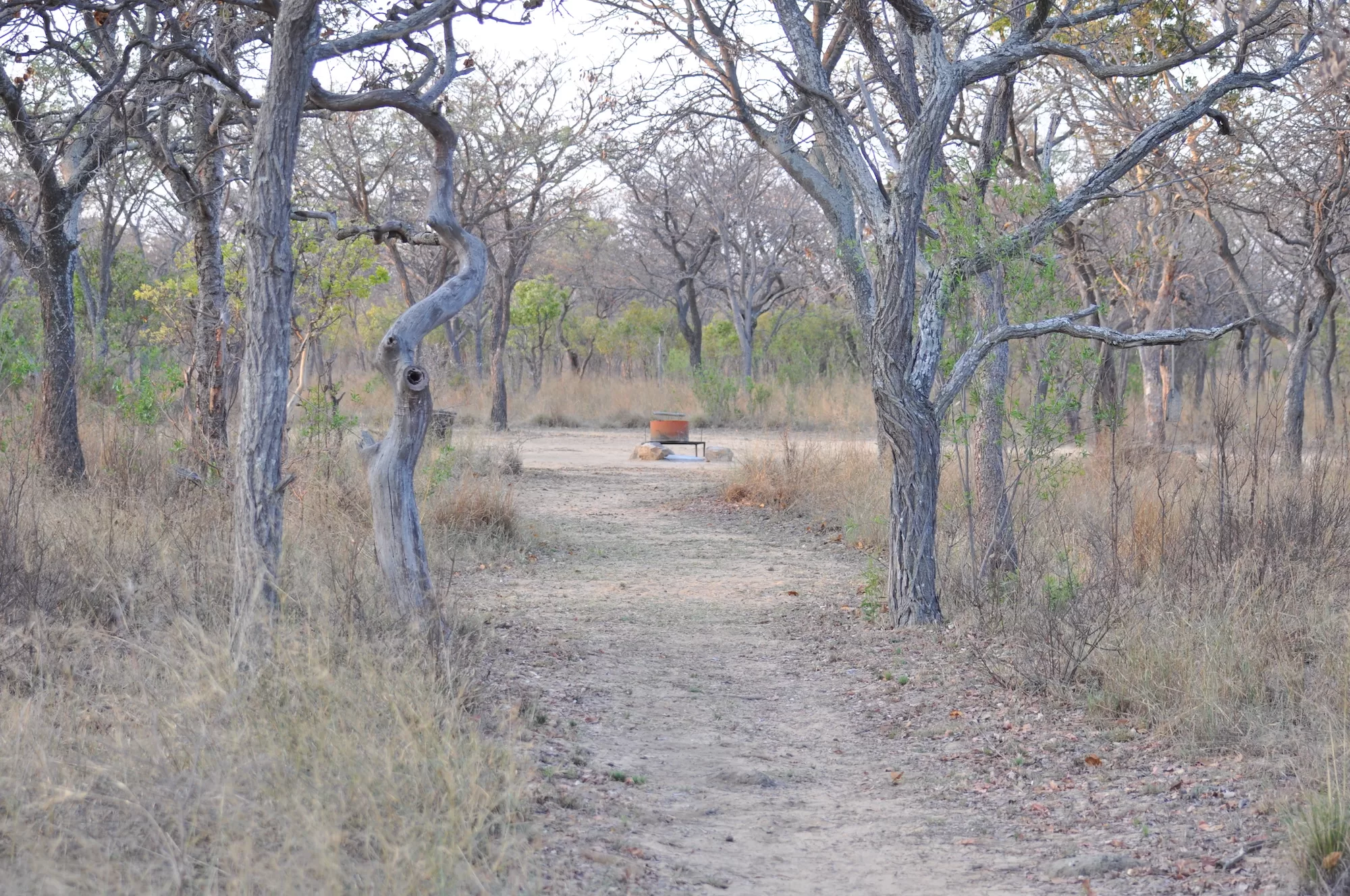for the discerning
bush lover
Matamba - a Sesotho/Shangaan expression for ‘listen to the ground’
Matamba forms part of an area commonly known as the Waterberg Biosphere which is situated in the Limpopo Province. Matamba is located on the Waterberg Plateau stretching roughly north of Vaalwater to approximately 50km’s from Lephalale. The area is classified as Savanna Grassland. It gets approximately 650mm of rainfall per annum which can drop to below 300mm during periods of drought.
Matamba was originally established in 2001 when two farms, a cattle farm and a game farm were joined together to form a 400ha conservancy. In excess of 5tonnes of cattle wire and fence poles were removed to ensure game could move freely. Roads were built with minimum damage to the ecology and water points were put in for the game. There is about 60km of sandy tracks on the farm, ideal for walking and mountain biking. There is no driving on the farm.
Naturally occurring species were re-introduced and today Matamba is home to over 40 mammal and 20 reptile species, a large variety of beautiful trees, more than 15 different species of grasses and some exquisite wildflowers. Some of the animals you’re bound to see include Sable, Livingstone Eland, Nyala, Impala, Zebra, Kudu, Wildebeest and Giraffe. It is also fascinating to see the amount of spoor on the sandy trails, especially from the nocturnal creatures, Porcupine, Jackal, Brown Hyena, Aardvark to name a few.
It is estimated that over 300 bird species occur here. Lizard Buzzard, Gymnogene, and Black-breasted Snake Eagle are regularly spotted. Coqui and Crested Francolin are frequently seen and heard around the campsite. During the warmer months the bushveld is alive with the ringing call of the Woodland Kingfisher. Spotted and Giant Eagle Owl are also regular visitors to the campsite especially at dusk and dawn.
Matamba is on a gentle south slope with magnificent views of the Welgevonden and Marakele mountains. The terrain is generally sandy with several interesting rocky outcrops.

